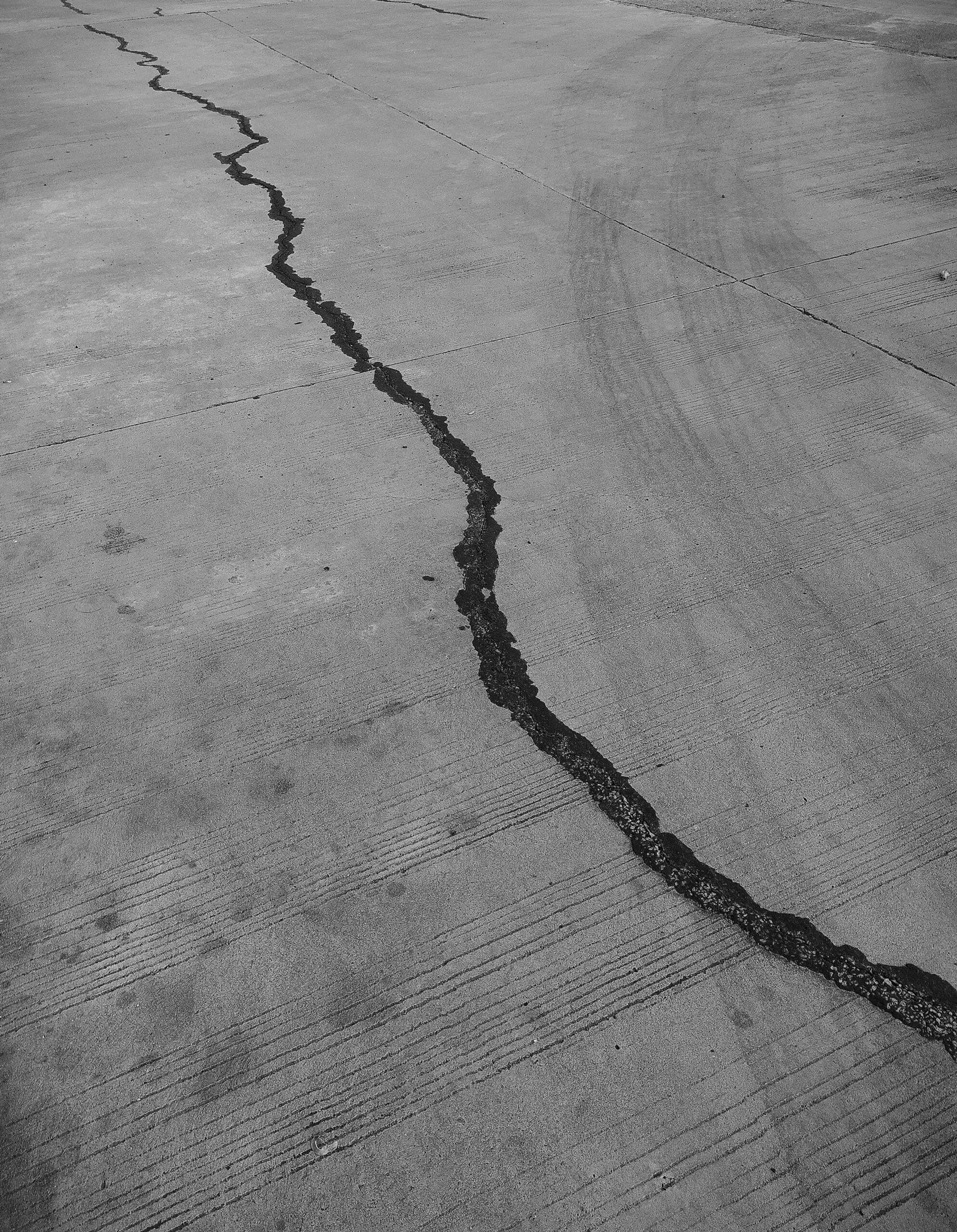Earthquake Today
An earthquake is a natural phenomenon that occurs when there is a sudden release of energy in the Earth’s crust, resulting in seismic waves. These seismic waves cause the ground to shake, leading to the occurrence of an earthquake. Today, we will discuss the causes, effects, and safety measures related to earthquakes.
Causes of Earthquakes
Earthquakes can be caused by various factors, including:
- Tectonic Plate Movements: Most earthquakes are caused by the movement of tectonic plates. When these plates collide, slide past each other, or separate, it can result in an earthquake.
- Volcanic Activity: Earthquakes can also be triggered by volcanic eruptions. The movement of magma beneath the Earth’s surface can cause the surrounding rocks to crack and lead to an earthquake.
- Human Activities: Certain human activities, such as mining, drilling, and the construction of large dams, can induce seismic activity and contribute to the occurrence of earthquakes.
Effects of Earthquakes
Earthquakes can have devastating effects on both the natural environment and human settlements. Some of the effects include:
- Structural Damage: Buildings, bridges, and other infrastructure can be severely damaged or completely destroyed during an earthquake. This can result in loss of life and economic losses.
- Landslides and Tsunamis: Earthquakes can trigger landslides and tsunamis, especially when they occur near coastal areas. These secondary effects can cause further destruction and loss of life.
- Disruption of Services: Earthquakes can disrupt essential services such as electricity, water supply, and communication networks. This can make rescue and relief efforts more challenging.
Safety Measures for Earthquakes
While earthquakes cannot be prevented, there are several safety measures that can be taken to minimize their impact. These include:
- Building Design: Constructing buildings and infrastructure that are earthquake-resistant can help reduce the risk of structural damage during an earthquake. This includes using flexible materials, reinforcing structures, and following building codes.
- Emergency Preparedness: Creating an emergency plan and having essential supplies such as food, water, and first aid kits readily available can help individuals and communities respond effectively during and after an earthquake.
- Education and Awareness: Educating the public about earthquake safety measures and raising awareness about the risks associated with earthquakes can help individuals make informed decisions and take appropriate actions.
It is important to note that earthquake-prone areas should have early warning systems in place to provide timely alerts and allow people to take cover or evacuate if necessary.
Remember, being prepared and informed is key to minimizing the impact of earthquakes and ensuring the safety of ourselves and our communities.
